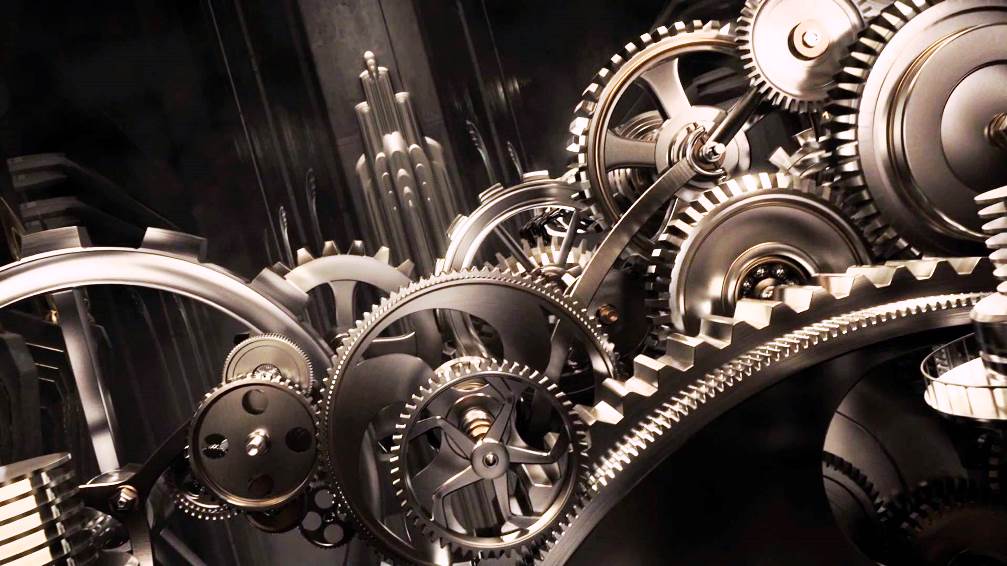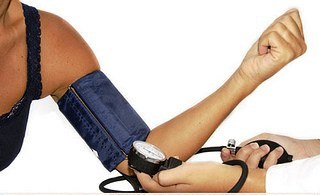In apparels factory sewing machine problem, not a new thing. In a day huge of Loss time for machine breakdown. But it can be solved by flowing proper maintenance procedure. So we need to learn about Manufacturing Machine maintenance procedure. Conversely, poorly maintained machinery equipment runs inefficiently. Breakdowns are expensive and safety is also an important consideration.
Industrial Sewing Machine Maintenance procedure:
Table of Contents
- Keep your bobbin area clean. This is a very simple way to avoid lint buildup and possible arguments with gear grime.
- You really need to oil your machine regularly.
- The manufacturer usually recommends this to occur on a daily basis. Take off the Throat Plate in order to get all the lint that becomes trapped in among the feed dogs.
- While you don’t need to actually change the oil in your machine about once every year or two (depending on use), you really need to ensure that you keep the oil as clean as possible.
- Must use good needle and thread. The low-quality thread is linty and bad for machines.

Machine health Check Procedure:
Must be check Machine Health.
1. What is the Machine Health Check?
Everyone worries about serious diseases, so it’s good to know that a health assessment can help detect many conditions at an early stage. That way they can be treated and hopefully addressed before they become more serious. sell unused diabetic supplies
We should always treat Machines as Humans. Therefore Condition is same for Machines !!
Machinery health assessment can also help to detect many conditions at an early stage.
2. Health Check Why Important?
Here are a few important reasons why you should have a health check: In Human For the early identification of

- Weight problems
- High blood pressure
- Heart disease
- Liver disease
- Diabetes
In machinery for the early identification of.
- Wear & Tear
- Low Oil Pressure
- Electrical System Malfunctioning
- High Temperature
Machine Health Check will minimize huge Break Downs!! Increase MTBF & Zero Defects
3. Who Will Carry Out Machine Health Check?
In Human:
- Health Problems will be detected by the Parents First and provide initial treatments.
- Or by the Teachers at School and take necessary actions.
- Then consulting a Suitable Doctor for treatments.
In Machines:
- Parents are the Operators
- Teachers are the Supervisors
- Doctors are the Maintenance Engineers…
4. How To Carry Out Health Check?
Most Important Point is the Cleaning: As Human, we can minimize health problems by maintaining cleanness. This rule is applying for machines too. Thus, the first part of the health check is the machine cleaning.
Machine maintenance procedure:
The following aspects should be considered with respect to Machine Maintenance Procedures:
1. Clean and inspect: Eliminate all dirt and grime on the machine, tighten bolts, lubricate, and find the correct problems.
2. Eliminate problem sources and inaccessible areas: Correct sources of dirt and grime; check to spatter and develop accessibility for cleaning and lubrication.
3. Draw up cleaning and lubricating standards: Write standards that will ensure that cleaning, lubrication, and tightening can be done efficiently. (make a schedule for periodic tasks).
4. Conduct The general inspections: Conduct skills training with inspection manuals and use general inspections to find and right slight abnormalities in the equipment.
5. Conduct Autonomous inspections: Prepare regular check sheets for autonomous inspections.
6. Carryout the inspections: Standardize through visual workplace management Standardize and visually manage work processes
Examples of standards needed:
- cleaning, lubrication and inspection standards
- Shop floor materials flow standards
- Data recording method standards
- Tool and die management standards
- Implement autonomous equipment management: Develop company policies and objectives, make change activities part of daily practice. keep reliable MTBF (mean time between failures) data, analyze it, and use it to improve equipment.






